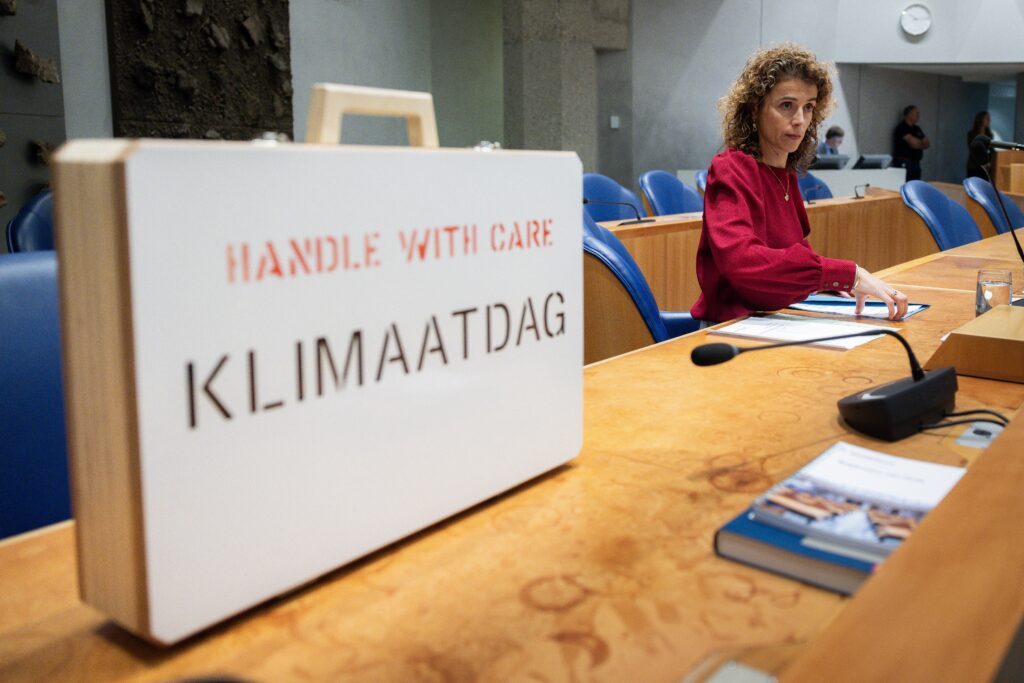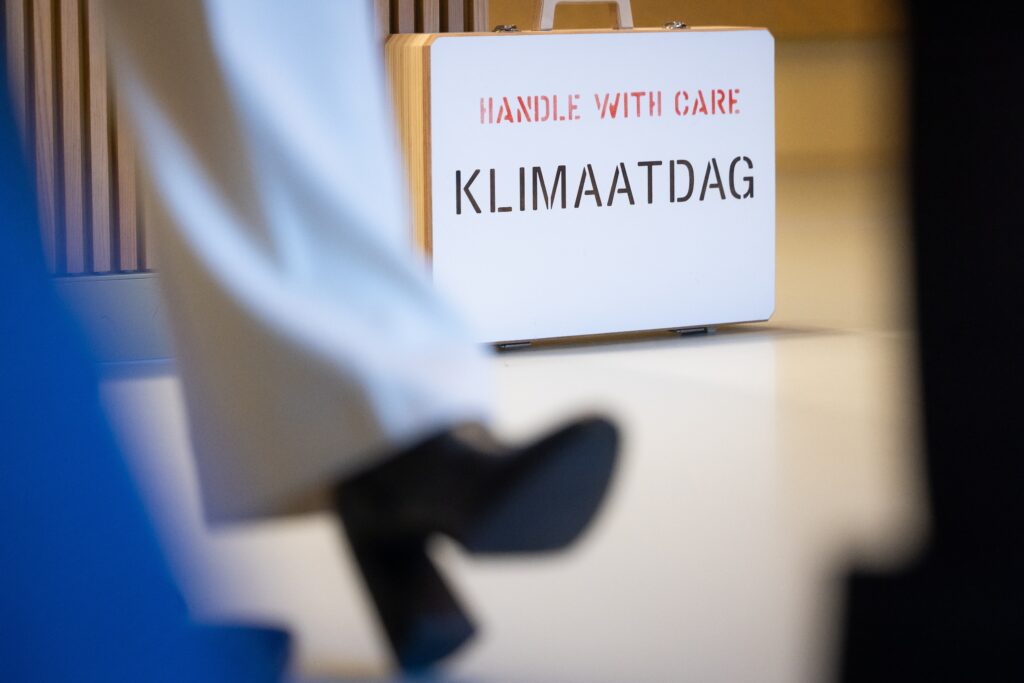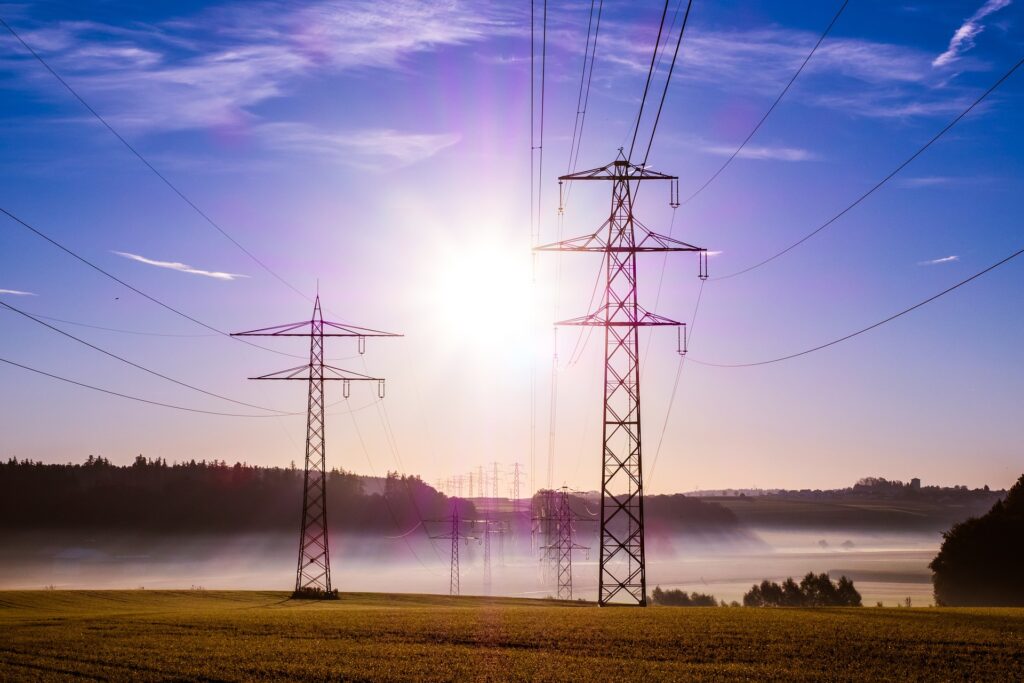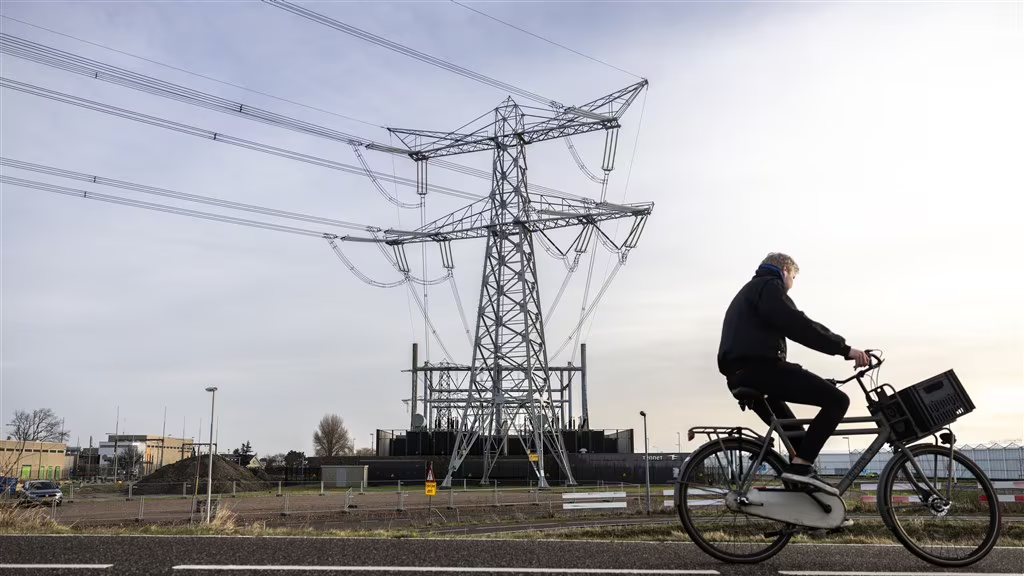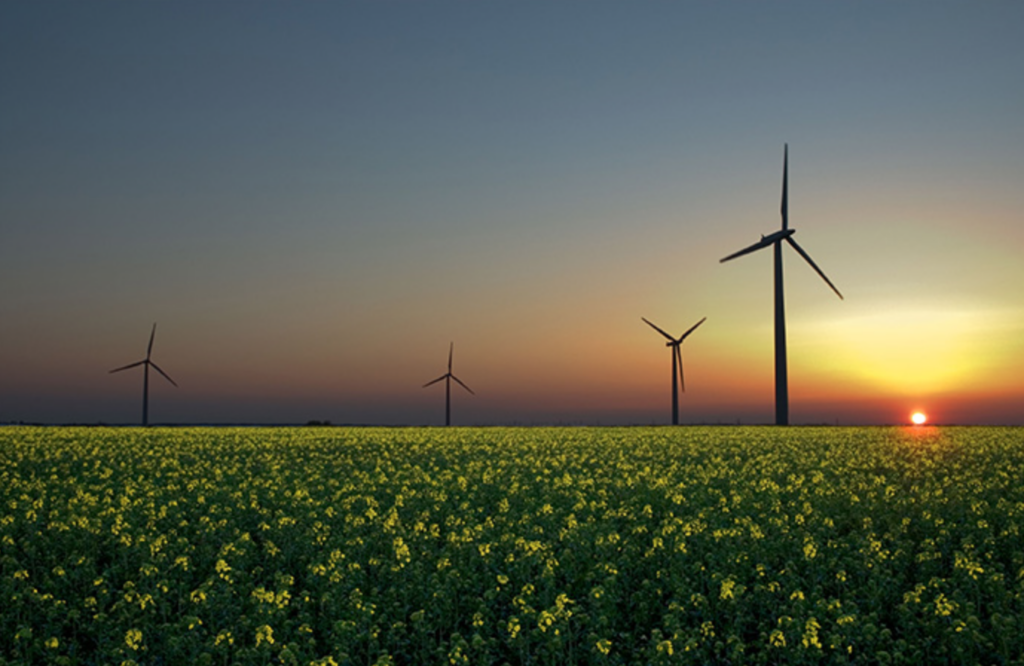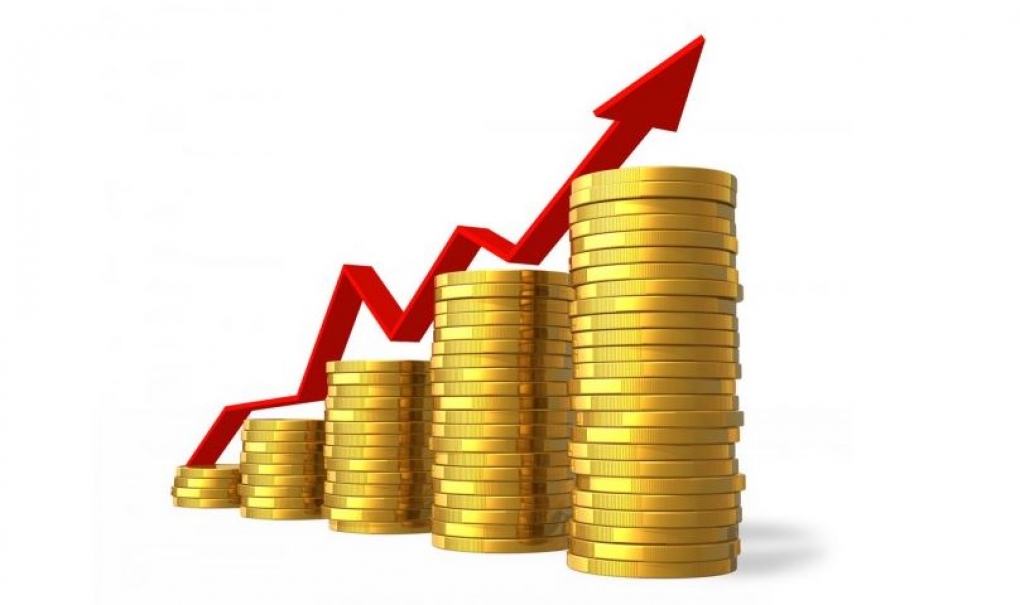Energie-Nederland welcomes the report, dated June 7, from State Secretary Van Rij on the options available for simplifying the energy tax. No choices are made in the report. Energie-Nederland proposes the following choices.
- Focus energy tax primarily on end consumption to avoid double taxation
- Energy tax based on energy content (€/kWh)
- Tax energy carriers electricity and natural gas at least equally.
- Introduce two categories of final consumers: households and non-households.
Future-proof energy tax The energy tax is an important instrument to make the energy system sustainable and affordable. What started in 1996 as a simple instrument aimed at energy savings and generating green tax revenues with a uniform rate for small consumers, has now been expanded to a complex system with five tiers, sixteen refund schemes and six special rates where energy producers, suppliers, consumers, the Tax Authorities and policy makers are involved.
During the energy transition, technology and the energy market will continue to develop. Simplifying the energy tax makes these changes possible without further complicating the tax system. The report presented by Van Rij presents the possibilities for the future, without making a choice yet.
Recommendations As noted in the report from the Ministry of Finance, it is necessary that the energy tax is simplified and that choices are made about the policy wishes that can be achieved through the energy tax. Within this framework, Energie-Nederland has a number of suggestions for choices that fit in well with the report.
1. Energy tax primarily aimed at end consumption to avoid double taxation The energy tax focuses primarily on the final consumption of natural gas, electricity and hydrogen and not on energy conversion. Energie-Nederland is in favor of the input exemptions for energy conversion, because this prevents double taxes on energy. Energie-Nederland wants to maintain, expand and expand the existing input exemptions for energy purposes to new energy carriers such as green gas and hydrogen production.
2. Energy tax based on energy content (€/kWh) The energy tax rates must always be expressed in €/kWh, regardless of the energy carrier. This makes implementation easier for energy suppliers and the tax authorities, and better understood for end users. In addition, this provides insight into any differences in tax burden between energy carriers.
3. Tax energy carriers electricity and natural gas at least equally Currently, electricity is taxed higher than natural gas. The primary objective of the energy tax is to introduce a savings incentive. We therefore propose to equalize the rate, based on energy content, for all electricity and natural gas. To stimulate demand development for hydrogen, Energie-Nederland proposes to introduce a reduced rate.
4. Introduce two categories of final consumers: (1) households and (2) non-households Energie-Nederland advocates the introduction of two types of end consumers for the energy tax: households and business (or non-households). Households receive a fixed rate per kWh (flat tax) with possibly a general reduction on energy tax. This allows the energy tax to be determined specifically for households without having any effects on companies. The business connections fall within a limited degressive system with two brackets. The 1st bracket is made longer so that the majority of companies fall under that rate. The 2nd bracket is aimed at larger bulk consumers for which a lower rate will apply, in analogy to the current 5th bracket.

